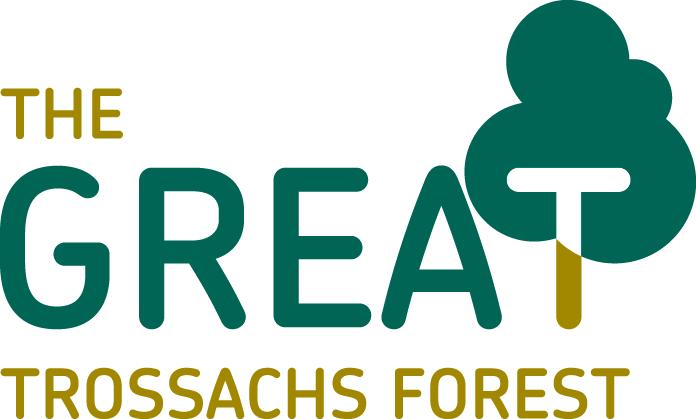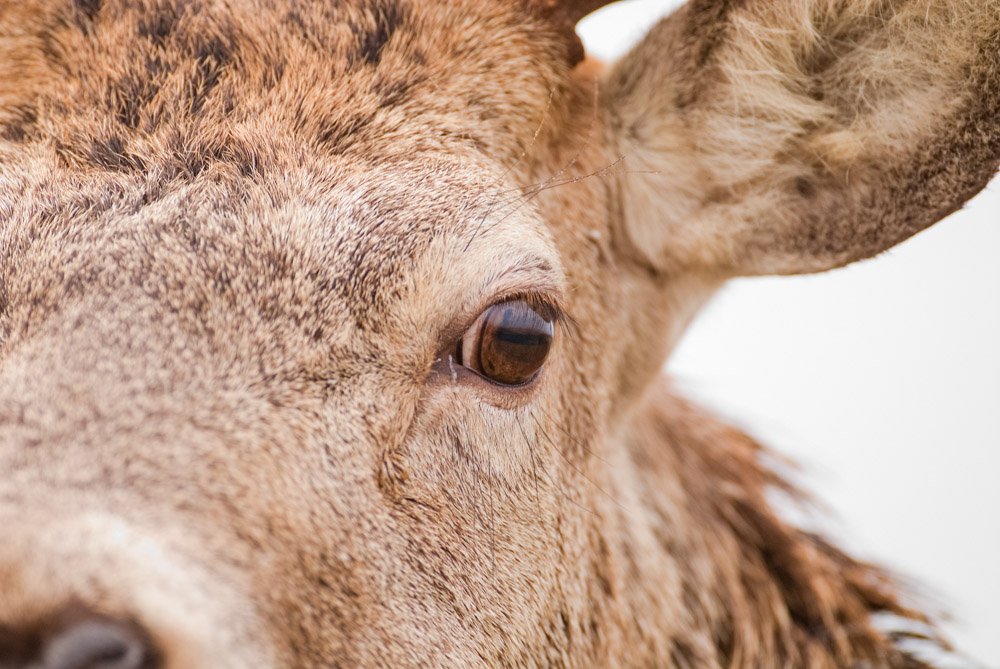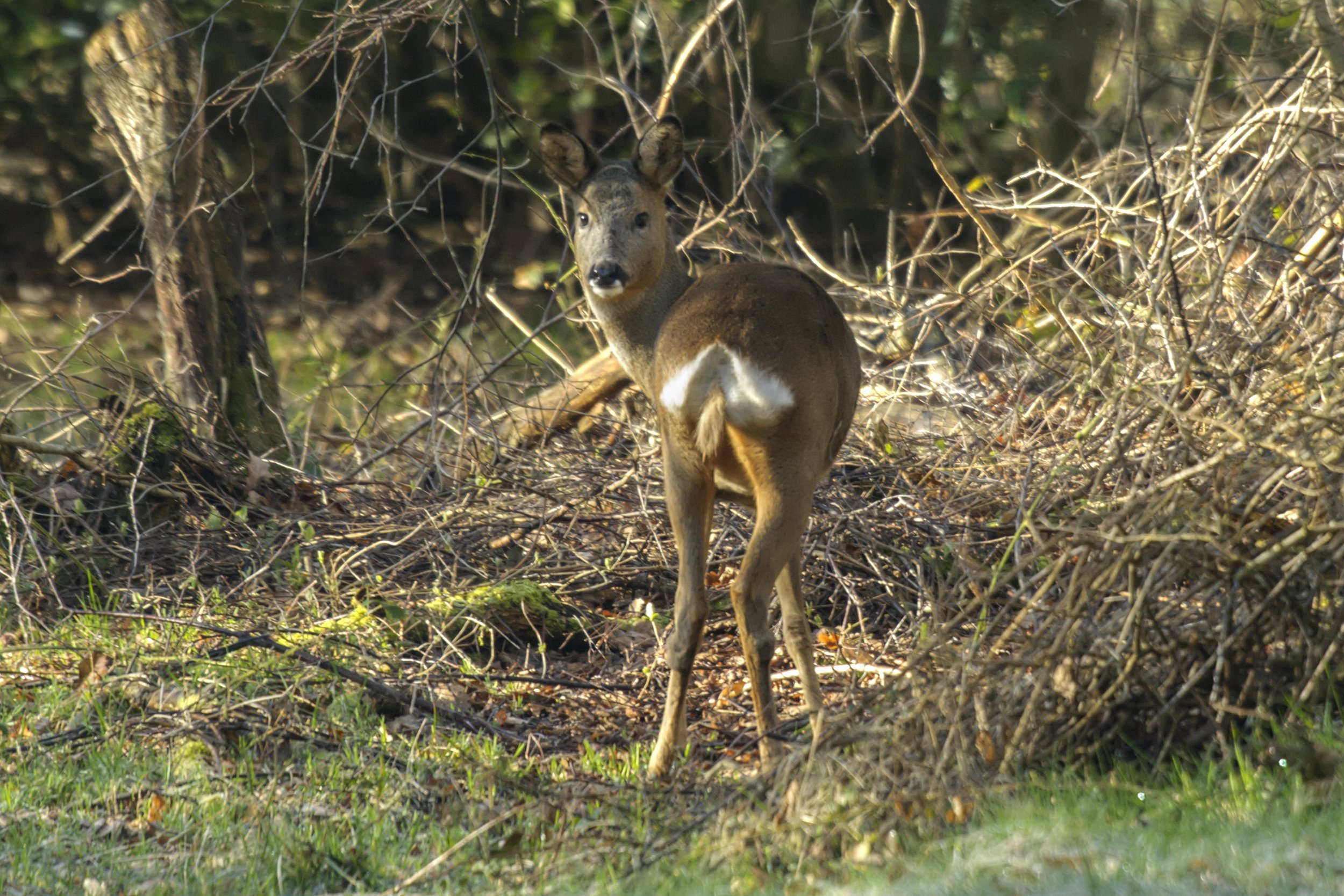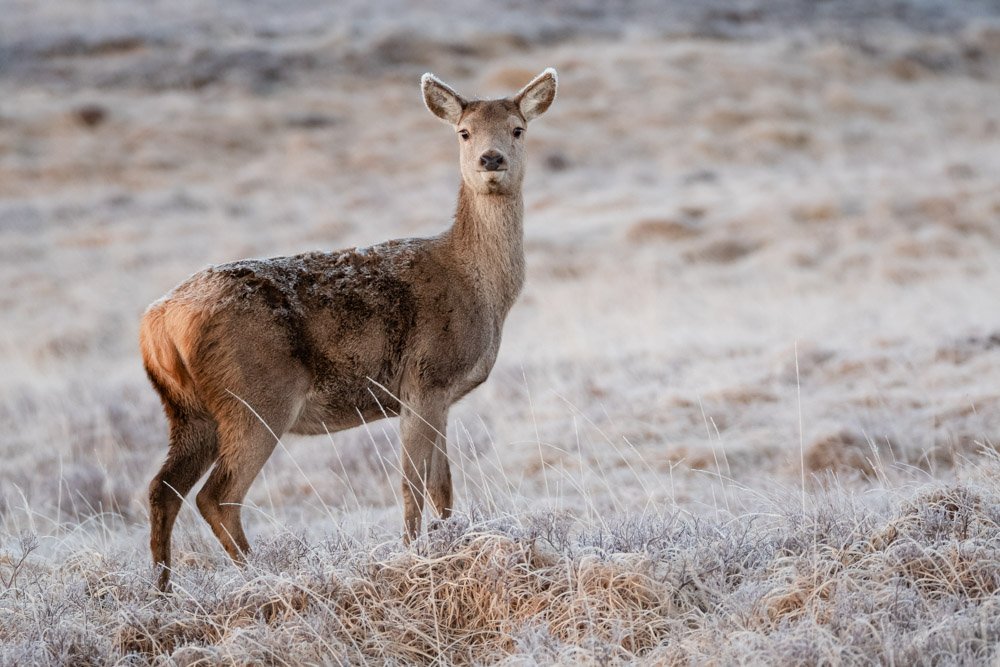
Managing Deer
Overgrazing is often the most damaging factor preventing woodland regeneration and creation. Deer are the main herbivore throughout The Great Trossachs Forest and their management is key to delivering a successful outcome for extending woodland cover and improving existing woodland.
Deer can prevent native woodland regeneration by browsing on new saplings and damaging juvenile trees by stripping and rubbing bark. When there is clear evidence of damage on sites, the partner organisations of The Great Trossachs Forest believe it is essential that deer need to be managed. Each of the sites control deer in accordance with that managing partner's individual deer management plan.
All partners adhere to Wild Deer Best Practice Guidance that set out how to operate deer management through all stages of the process.
Although high populations can cause issues, it is recognised that deer are a wonderful and important part of a natural ecosystem. In The Great Trossachs Forest there is a thriving population, both in terms of sustainable numbers and the animals’ well-being and health. Deer welfare is of the utmost importance to the partners, and the professional management and monitoring of deer that has taken place over many years reflects this.



